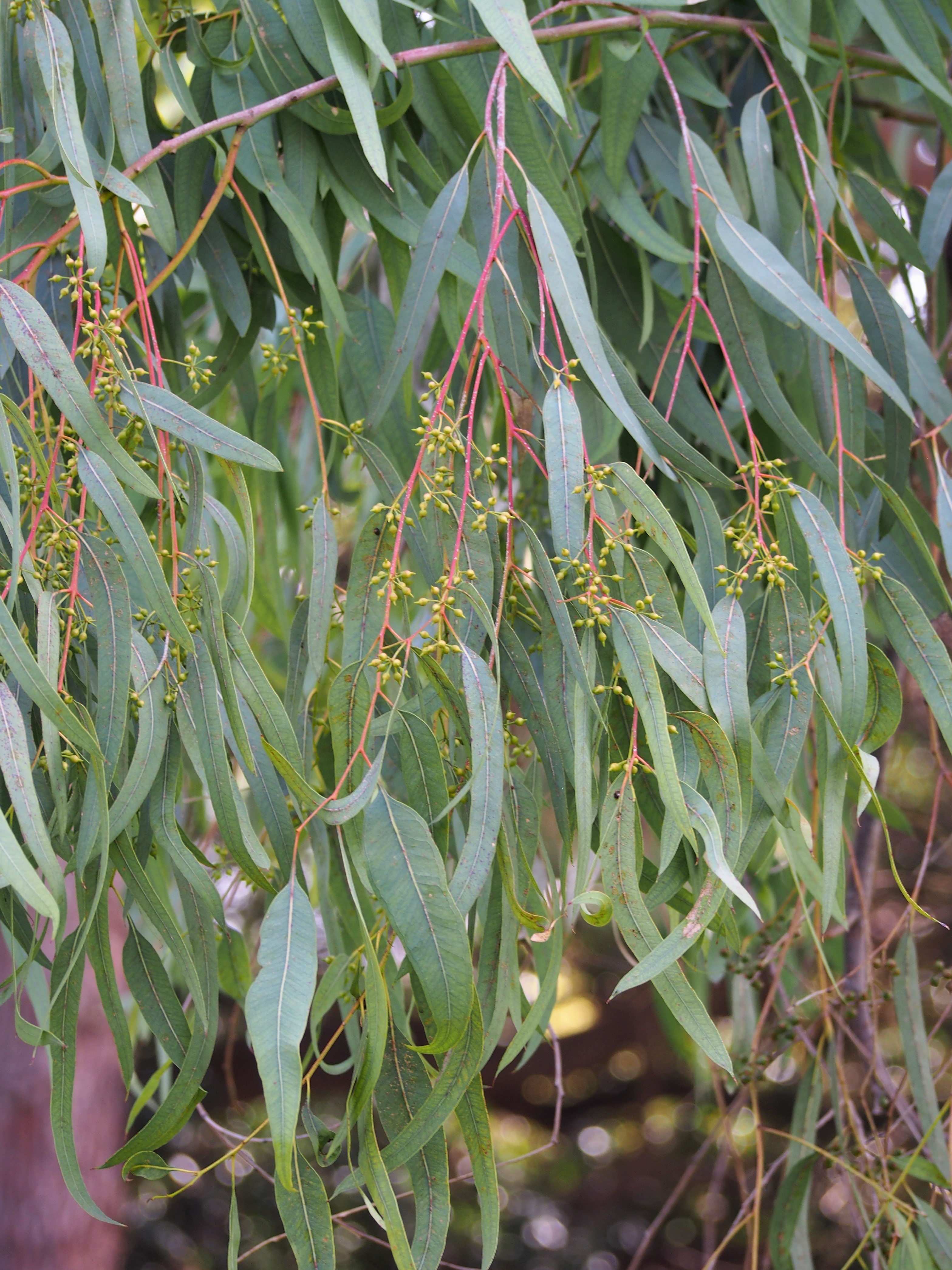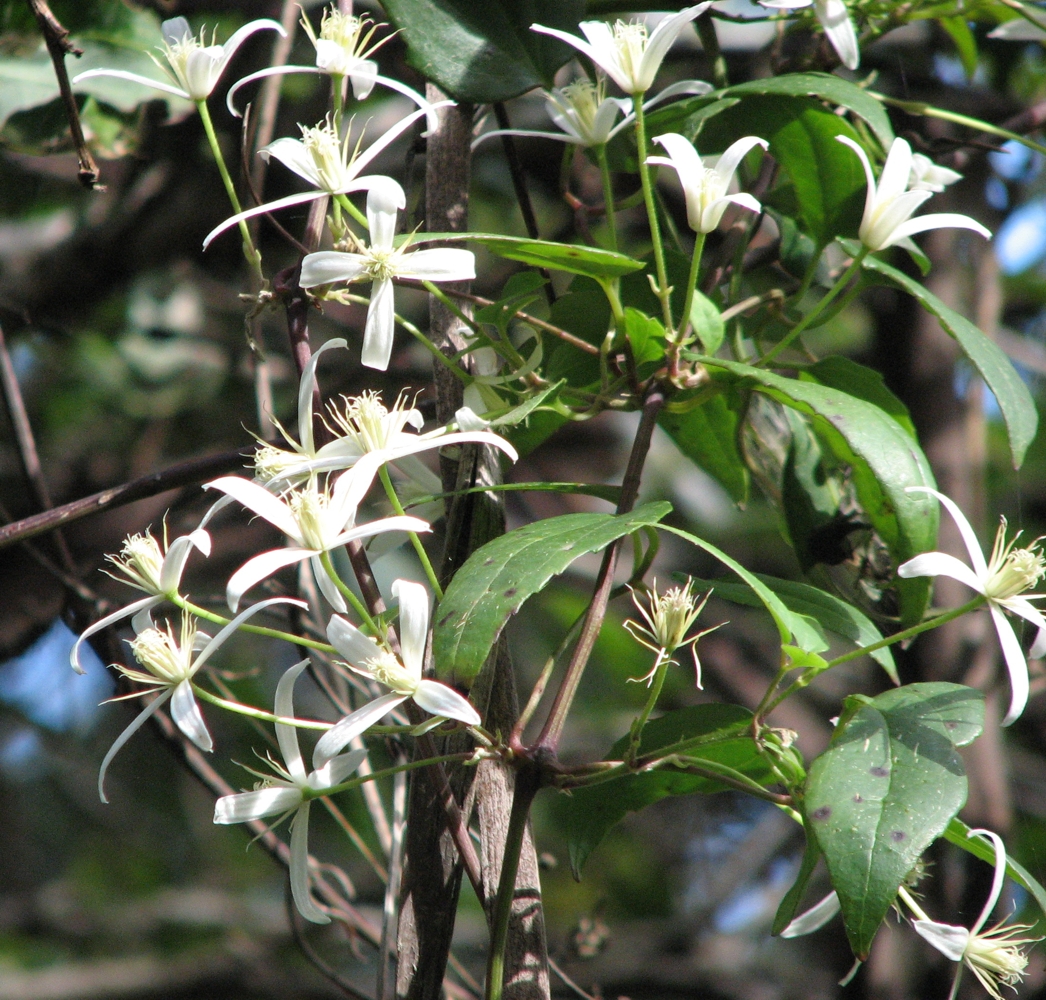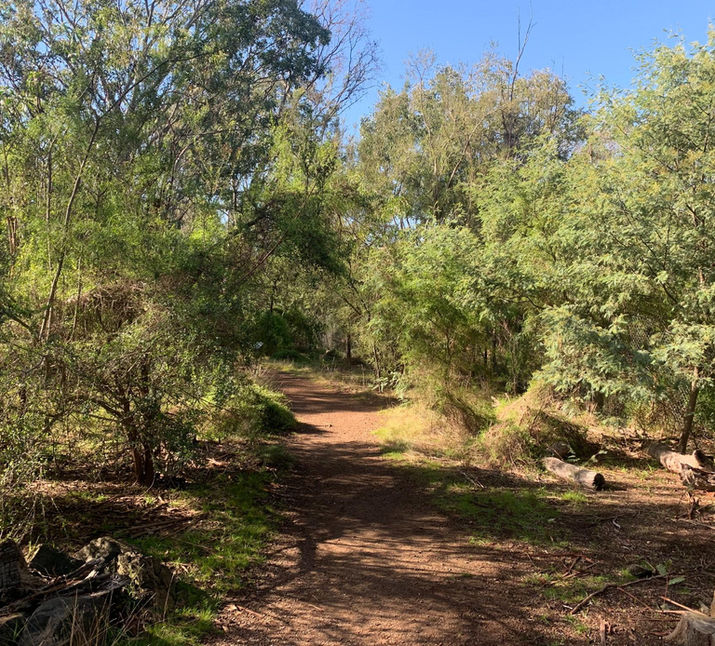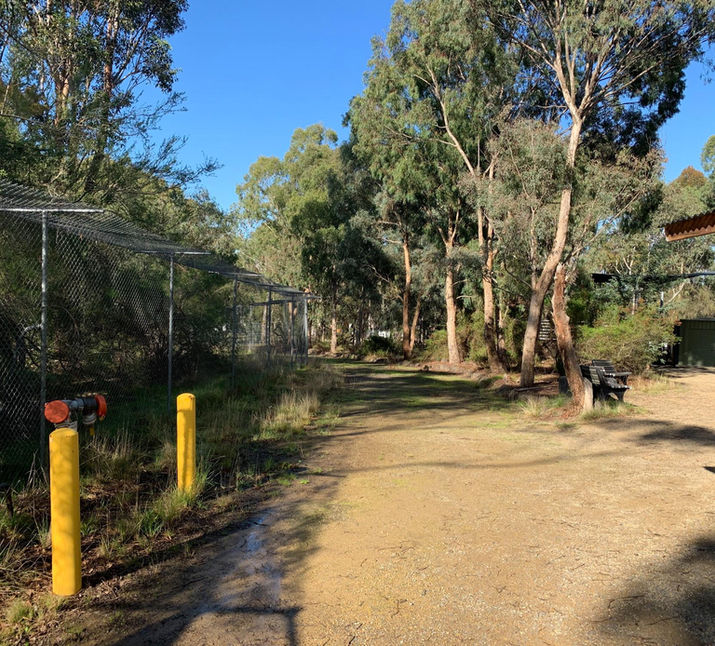Bundoora, VIC

Nangak Tamboree Wildlife Sanctuary
Nangak Tamboree: “respecting, sharing and caring for the waterway” in Woiwurrung. Established in 1967, Nangak Tambooree sits on the La Trobe University Bundoora campus. Formerly the site of Mont Park Psychiatric Hospital, Nangak Tambooree has served as a research hub, as well as a recreation space for the public. It began as a 6.5 hectare conservation area, but evolved into a broader ecological corridor that connects with the Darebin Creek. Alongside the sanctuary, the indigenous plant nursery was established in 1989. With over 300 species on offer, they propagate over 100,000 plants a year. These plants are indigenous species from the middle and lower Yarra catchment, making them native to the surrounding communities.
Plants
Here are some of the plants we've observed at the space!
Experiences of Space
Flynn Slater
Walking up from the La Trobe University 301 bus stop on a slightly dewy Monday morning, I couldn’t imagine, nor was I particularly enthused on what Nangak Tamboree was going to look like. How vast could this sanctuary and nursery be on a university campus? Arriving over the small bridge that deviated from the road, I stepped into the openness of the plant nursery, and looked over the large range of native plants, with descriptions and their ideal growing conditions, akin to what this project is providing.
Despite a few aesthetic differences, this wasn’t dissimilar from nurseries I’d previously visited; however, what did differ was the sense of community present, with staff who appeared enthusiastic and engaged with me almost immediately.
I was more excited as I navigated my way to the gate of the wildlife sanctuary. Free maps were provided and stepping through the gate, I felt this sense of calm/or something wash over me. Unless I looked back at the iron gate I had just opened, it was as if I was in the middle of nowhere… There was a harmony in the overlapping bird calls and the trickle of the water, and I could forget that a bustling university campus was only a few hundred metres away. I felt light, walking through the space without the built environment; my apathy had evaporated. I was not simply seeing the exhibited plants, as I often feel walking through a garden, but as if I was immersed in the environment
Partway through my visit, I came across two emus. Standing completely still, I watched as these birds came right up next to me, one appearing not scared, but not particularly interested in me. The other one came right up to me — much to my surprise, fear, and amazement. It followed me for a few hundred metres, a far cry from my previous experience with wild animals, especially emus, where they are often presented in a zoo setting, or are extremely flighty (as flighty as an emu can be!)
The number of indigenous plant species present filled me with a sense of hope and pride.
Signs and drawings provided next to plants gave me further insight into their use and importance. The hardiness of native plants was clearly evident in the descriptions, and even given the previous reading I conducted on indigenous plants, I continued to be amazed at the suitability of them. Many of these plants are significantly drought resistant, which made me reflect on the climate crisis and the necessity of broadening the utilisation of indigenous plants beyond places like these.
Seeing trees that sprouted prior to the land’s colonisation forced me to consider how everlasting the natural environment is. It came with astonishment, but also humility, and a complex sense of shame at the relatively short history of Western colonisation in comparison to its quite literally earth-shaping impact.
Various plaques around the nursery acknowledged the previous use of the space — The entire sanctuary was once a deeply sanitised recreational lawn of a psychiatric hospital. There was a sign labelled croquet lawn and it was unfathomable to me that this sanctuary was once used for such a purpose. The shell of a car was left behind, to remind visitors of how far the restoration of this space has come. Acknowledging legacy felt important, as this space was recreated through active decolonisation, it hasn’t always existed like this. I think recognition of the historical legacy of a space should be incorporated across all community gardens.
The sanctuary does exist next to a road and in the easterly parts of the walk, the drone and rush of traffic brought back the everlasting reminder that our overall environment is not as thriving as this sanctum is. However, as I left, I did so with a deep sense of appreciation of our native environment. It can be easy to talk about decolonisation, but to truly walk through it was a humbling and enlightening experience.
Gallery
Below are some of our photos from visiting the space:


































